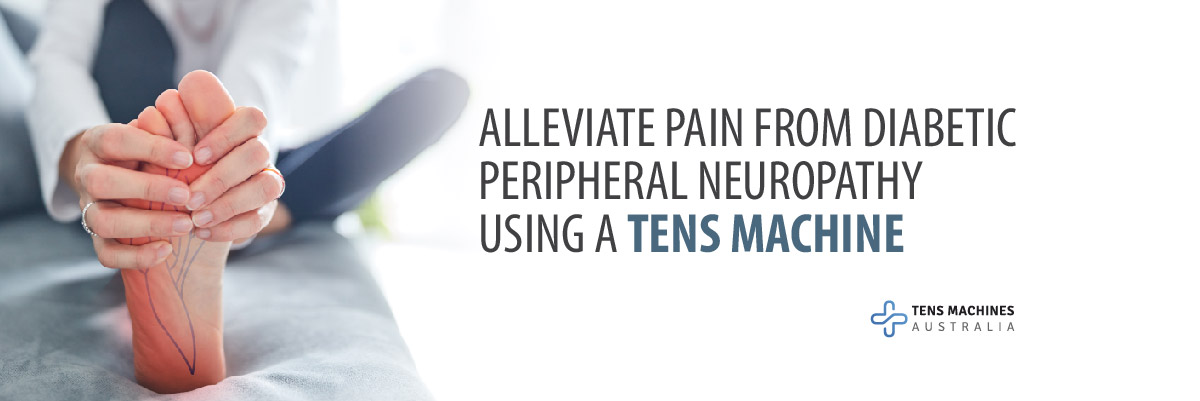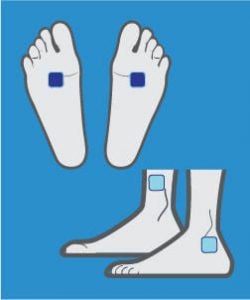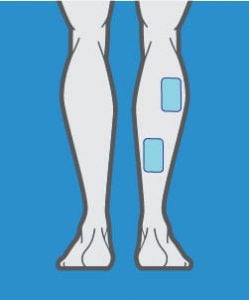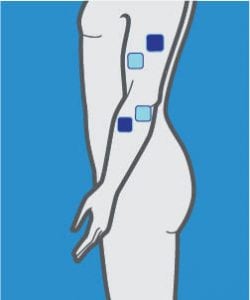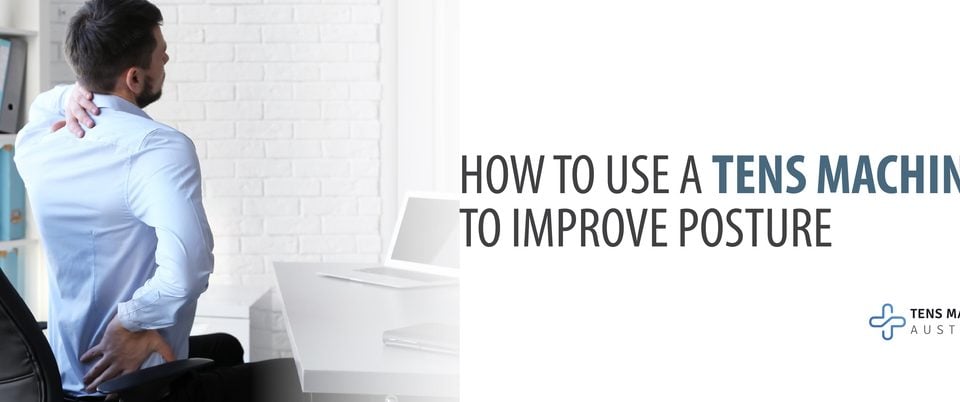
Relieve Neck Pain using a TENS Machine
June 15, 2020
Treat Sciatic Pain using a TENS Machine
July 31, 2020Peripheral Neuropathy is nerve damage caused by chronically high blood sugar and diabetes. Depending on the affected nerves, symptoms can range from numbness, loss of sensation, to pain, in the feet, legs, or hands or problems with the digestive system, urinary tract, blood vessels, and heart. It is the most common complication of diabetes.
Some people have mild symptoms, but for others, the neuropathy can be quite painful and disabling.
TENS Machines can help you manage pain from Diabetic Peripheral Neuropathy
TENS is a drug-free method for managing and relieving pain; including pain caused by DPN. Several studies have show that Electrical stimulation may be an effective alternative and adjunctive therapy to current interventions for diabetic peripheral neuropathy.
TENS machines generate electrical pulses through electrodes situated on the patient’s skin. These pulses relieve pain by blocking pain signals travelling along nerves. They also stimulate the production of endorphins; the body’s own pain-relieving hormones.
TENS machines are simple to use, just follow these steps:
-
Read the warnings and contraindications
-
With the machine off
-
Clean the skin where the gel pads are to be applied
-
Attach the adhesive gel pads directly to your skin around the area that needs treatment and the TENS machine. If needed, you can use multiple channels to cover larger areas simultaneously
-
Turn on your TENS unit and select the appropriate program for the location and type of pain
-
Increase the intensity to a level where you feel the sensation
-
Below shows some pad placement ideas. There are many possible options and there is no problem with trying different pad positions:
For feet
For legs
You can use TENS throughout the day for as long as you like but for the most part programs last 40 minutes.
There are many other benefits of using a TENS / EMS machine you can learn about, here .
Visit: https://www.tensmachinesaustralia.com.au/ for more information or call us on 1300 361222.
References
-
J Diabetes Sci Technol. 2013 Sep; 7(5): 1202–1209.
Published online 2013 Sep 1. doi: 10.1177/193229681300700510
PMCID: PMC3876364
PMID: 24124947
https://www.ncbi.nlm.nih.gov/pmc/articles/PMC3876364/

